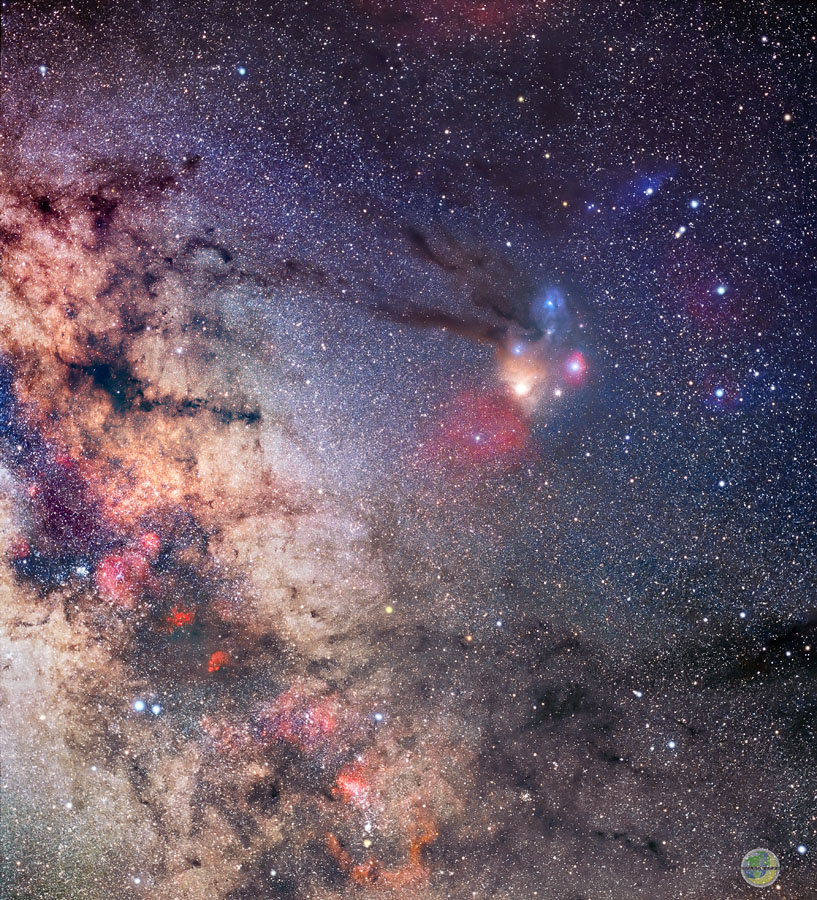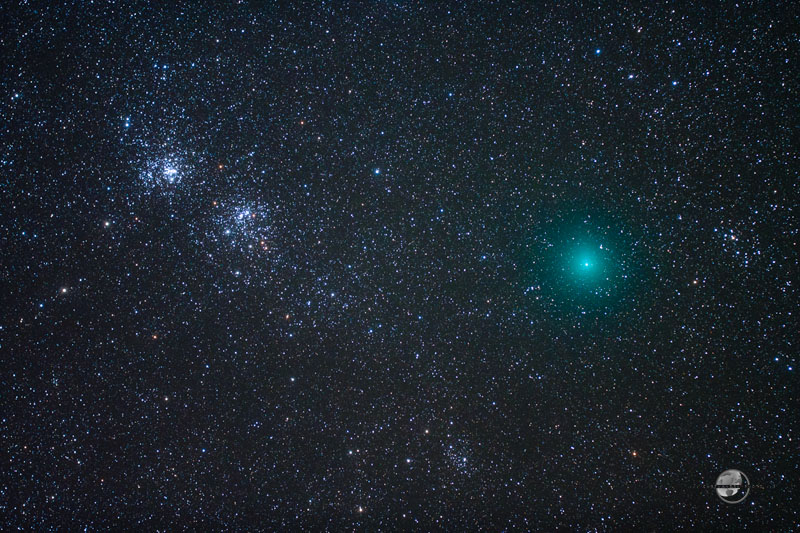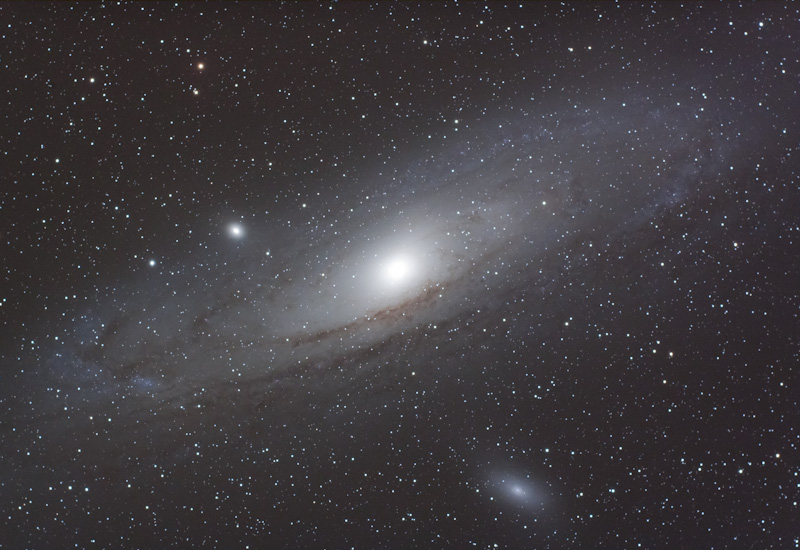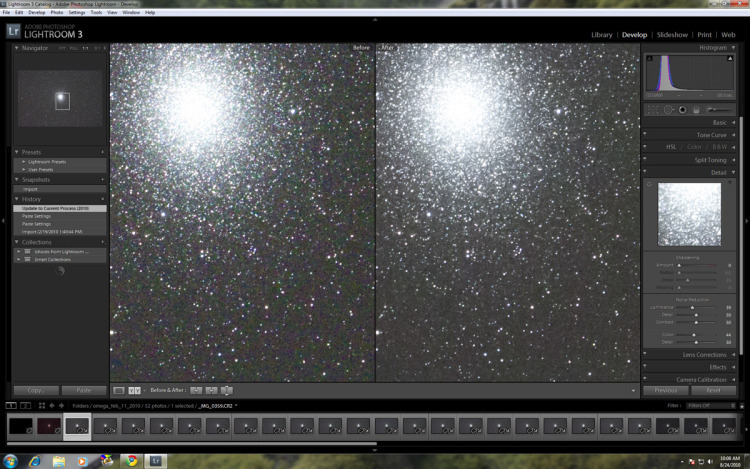 ScorpiusI just love revisiting images, especially those from the film days. This particular image has always been special to me. It was taken while on an astronomy photography safari at New Mexico Skies near Cloudcroft, NM.
ScorpiusI just love revisiting images, especially those from the film days. This particular image has always been special to me. It was taken while on an astronomy photography safari at New Mexico Skies near Cloudcroft, NM.
We had a large group of astrophotographers and it was a highlight of my photography life. The trip was in May 2003 and film was still a major player in photographic capture. I particularly loved, and still do, the results with my Pentax 6x7 and medium format Provia transparency film. This image was taken with a 55mm lens and presents the entire constellation of Scorpius. It is simply the most colorful region of our Milky Way galaxy.
The field of view is just barely clear of our horizon, but we had excellent transparency on this night that permitted the capture of nearly the entire Scorpius region. There are some areas of this image that contain data from other imaging instruments at higher focal lengths to provide a bit more definition to the area. All of the blending data is film with the exception of one very small area which is an early digital capture with a Canon 350D.
The image is the December Print of the Month. It is printed on Hahnemuhle Photo Rag paper and matted on black mat with black and silver framing. All glass is museum glass. I hope you enjoy the image and next time you are out under a dark sky in the summer look up and see Scorpius with a different perspective.
Please don't forget to click on the image (or here December Print of the Month) and then on the next thumbnail to see the image in the best presentation and full size in the black portfolio window.




